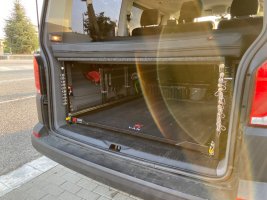40A plus is a big strain on a 12v system.
And for 50 60 70 80 100 amp circuits , very careful design needs to be implemented ia correct gauge cable grounding fuses and fuse holders.
And for 50 60 70 80 100 amp circuits , very careful design needs to be implemented ia correct gauge cable grounding fuses and fuse holders.




